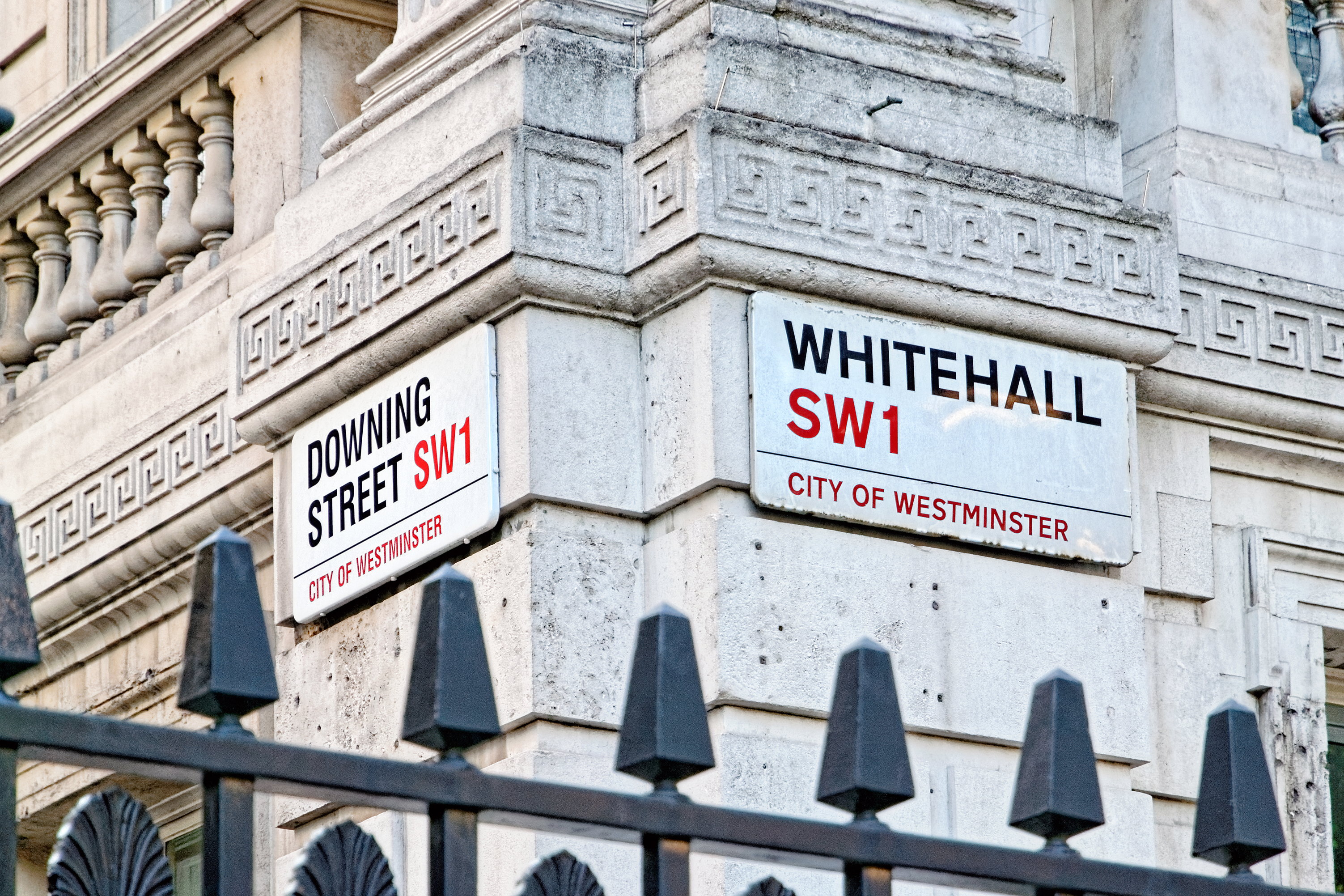What is Crossrail?
The Cross London Rail Links (Crossrail) project is a joint venture company established by Transport for London and the Strategic Rail Authority.
The Crossrail project sought to introduce a brand new network of services linking areas across London, while reducing overcrowding on the London Underground and national rail services.
Its task was to promote and develop two new rail routes through London: Crossrail Line 1 linking east to west London, involving the construction of a new tunnelled route and new stations at sites including Liverpool Street, Bond Street and Paddington; and Crossrail Line 2, which serving north east to south west London, involves the construction of a core section of tunnel in central London.
Crossrail Cost
After years in the planning, the project was approved in 2007, and construction began in 2009 on the central section.


In 2010, Crossrail was budgeted at 14.8 billion pounds and was set to open in December 2018.
Background
The central London rail study of 1989 proposed three new rail projects for the capital, which included an east-west line and a new London Underground line, which would link Wimbledon to Hackney.
In 1991, a bill was submitted to parliament for the east-west scheme but this was rejected in 1994 because of the recession and associated fall in passenger numbers into and through London. However, the Conservative government issued ‘safeguarding directions’, which protected the alignments of the rail lines throughout the capital in case of future development.
In 2000, the government asked the Strategic Rail Authority (SRA) to look into the requirements for increasing passenger capacity to and through the capital. The request followed greater congestion and poorer service reliability on the London Underground and Network Rail. The SRA’s ‘London east-west study’ found that both the east-west route and the Hackney-south west route should be reconsidered.
Cross London Rail Links (CLRL) was set up in 2001 as a joint venture by Transport for London (TfL) and the Department for Transport (DfT) to develop plans and costs for Crossrail. An expert review, headed by Adrian Montague, was launched by the government in July 2003 to look into CLRL’s plans, and a year later transport secretary Alistair Darling announced that the proposals should in principle go ahead.
The Montague study concluded that CLRL’s estimate that the project would cost £10 billion at 2002 prices was broadly accurate. However, it said that Crossrail’s interchanges with mainline and underground services meant it was unlikely to be able to run 24 trains an hour at peak period, as CLRL proposed. It also questioned the case for extending the east-west line to Richmond and Kingston, noting this had provoked considerable opposition from the public. Instead, it proposed the line be extended to Heathrow.
The government accepted the Montague review’s conclusions and in January 2005 introduced the Crossrail bill (although it had to be reintroduced again in May 2005 after parliamentary business was disrupted by the general election). This sought to secure the necessary powers to build the rail link connecting Maidenhead and Heathrow in the west to Shenfield and Abbey Wood in the east, including connecting Paddington and Liverpool Street train stations.
This was a hybrid bill, which allowed it to continue being debated over more than one parliamentary session. It was thought that given the complexity of the legislation, and the need to secure planning permission for the new railway, it could not be concluded in one session.
The Crossrail Bill finally received Royal Assent in July 2008.
Controversies
The cost of the Crossrail project was largely seen as its most controversial aspect and fears that substantial government funding would place significant pressures on the transport budget led former transport secretary Alistair Darling to announce that the Crossrail project would not be funded entirely by the national taxpayer.
Part of the costs of the Crossrail project would be borne by those who would benefit most from the scheme, including the business community and property developments. The fares levied on Crossrail passengers would also contribute to the cost.
Nonetheless, in a May 2003 debate, Mr Darling warned that Crossrail must not be implemented “on the cheap”. A decision on how much money would be contributed by each group was delayed until the Lyons review into local government funding reported back in December 2006.
As with any major transport project, there were environmental concerns about the impact of a new railway through the centre of the city – both in terms of the natural and built environments. During public consultations on Crossrail, there was criticism at a perceived lack of assessment of the noise and pollution caused by the line, while there were also concerns about the impact it would have on listed buildings in the Barbican, Paddington and Camden areas.
The short duration of consultations on the project was also a source of criticism. Another controversy was that Crossrail would not be completed before the Olympics in 2012, which meant that Crossrail could not form part of London’s proposed Olympic transport solution.
In October 2007, Prime Minister Gordon Brown announced that the cost of Crossrail would be met by the Government, the Mayor of London and London businesses. Following the Spending Review of October 2010, a funding envelope of £14.8 billion was agreed to deliver the entire Crossrail project.
Preliminary works began in 2009 and the main construction programme started in 2010.
The estimated completion date was initially 2017. However Crossrail experienced a number of delays, and it was not expected that the scheme would be fully operational until 2023, with the first section potentially opening in early 2022.
The initial budget of CrossRail was £14.8bn, but the total cost is expected to exceed £18.25bn.
Statistics
The Crossrail route will pass through 37 stations and run 118 km (73 miles) from Maidenhead and Heathrow in the west, through new twin-bore 21 km (13 miles) tunnels to Shenfield and Abbey Wood in the east.
A total of eight new Crossrail stations will be created – Paddington, Bond Street, Tottenham Court Road, Farringdon, Liverpool Street, Whitechapel, Canary Wharf and Custom House. Berkeley Homes also agreed to build a station box at Woolwich, and Network Rail will construct a new station at Abbey Wood.
When Crossrail opens it will increase London’s rail-based transport network capacity by 10%, supporting regeneration and cutting journey times across the city.
Crossrail is being delivered by Crossrail Limited (CRL). CRL is a wholly owned subsidiary of Transport for London. Crossrail is jointly sponsored by the Department for Transport and Transport for London.
Source: Crossrail – January 2012
Quotes
“Crossrail will significantly increase the capacity of the rail network into and across London and relieve congestion and overcrowding on the existing Rail and Underground networks to meet the substantial growth in demand for travel over the coming decades” -Thames Gateway areas.” Department for Transport – 2012
“Crossrail will facilitate the continued sustainable development of London’s primary finance and business service activities, located in both the City and Docklands and support local and national Government policy for economic development and regeneration, particularly in the Lee Valley and Thames Gateway areas.” Department for Transport – 2012










